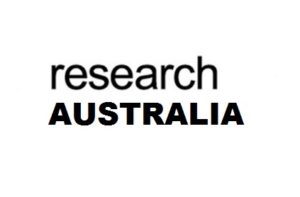Small businesses play an important role in the Australian economy by continually meeting the increasing demand for jobs. However, small businesses that want to expand are often held back by lack of working capital and the difficulty of obtaining business loans.
Some turn to local banks, but banks do not make it easy for small businesses to acquire loans if they’ve not been in business for many years. Fortunately, these days there are other financing options for small businesses, and one of them is the merchant cash advance.
So, what is a merchant cash advance, and how does it work?
Merchant cash advances are innovative financial products offered by companies like Brisbane-based Beyond Merchant Capital that are ideal sources of additional working capital for businesses for which credit card sales make up a substantial proportion of their turnover.
To clarify, a merchant cash advance is not a business loan, but rather an advance based on the credit and debit card revenues of the business.
A lot of small businesses turn to merchant cash advance lenders because the application is fast and easy – whereas bank loans can take a long time to approve. Also, paying the advance is faster because the lender takes an agreed percentage from the business’ debit and credit card sales, so the higher the sales, the quicker the debt is paid off.
Pros of a Merchant Cash Advance
You get money quickly.
This is one of the biggest advantages of a merchant cash advance. Unlike bank loans where it takes weeks, or even months, to get approved, merchant cash advance lenders have quick application processes.
As a result, borrowers get a response in hours and if approved they receive the funding in days.
Providing collateral is not a requirement.
The approval of a merchant cash advance is based on the past credit card transactions of the business. If the business has a steady flow of credit card sales, the advance is likely to be approved – whereas with bank loans only about a quarter of small business loan applications are approved.
The amount required to pay monthly is not fixed.
With a merchant cash advance, the monthly payment is a percentage of the monthly credit card sales. So, more cash flow means that the advance can be paid off sooner. On the other hand, if business is slow, it will take more time to pay off the debt.
A good credit rating is not required.
Merchant cash advance lenders are more lenient when it comes to business credit ratings because they base the approval on how strong the credit card sales are.
Cons of a Merchant Cash Advance
A merchant cash advance may have higher interest charges and fees.
Banks are regulated by the government and have access to sources of funding at cheaper interest rates, so can offer business loans at lower interest rates than other financiers.
On the other hand, merchant cash advance lenders’ may charge higher fees and interest rates because their industry is not subject to the same regulations as banks.
Conclusion
Merchant cash advances are one of a number of new products offered by financial services providers that play a vital role in keeping small businesses alive.
This type of financing helps small businesses grow by providing fast access to funding for expansion when businesses see suitable opportunities to do so.
Choosing which type of financing to apply for should be thought about carefully. A merchant cash advance is best suited to businesses with a heavy reliance on credit card sales.
A merchant cash advance can be more expensive than a bank loan, but if the business is thriving, it is easier to pay.









Leave a Reply
You must be logged in to post a comment.